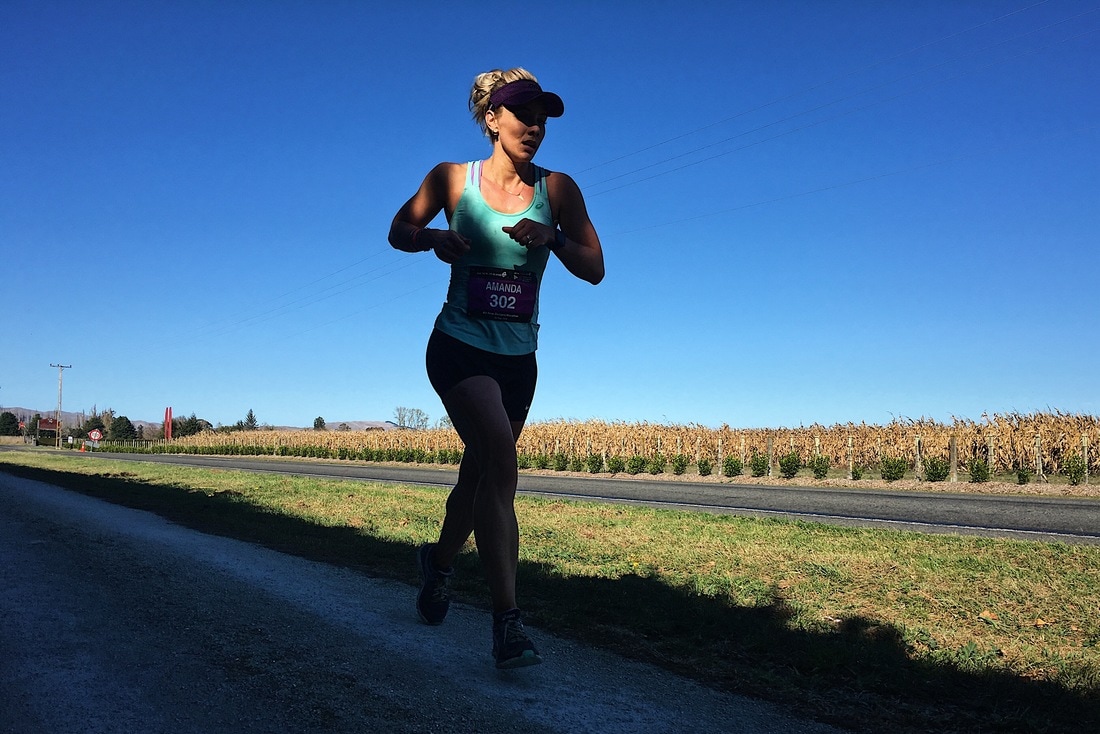Running is pretty simple, right? Put one foot in front of the other for as long as it takes to get away from what you’re running from or to arrive at your destination. You can even vary the rate at which you put one foot in front of the other depending on how urgent it is that you get to where you’re going.
For most, running truly can be that simple; and that’s the beauty of it! For the more curious and questioning among us – those seeking to understand the why and how to be a better runner – it can be a little more complex. Before attempting to understand the extraneous factors that influence running performance, like terrain or temperature or shoe choices, we would suggest you seek first to understand your own body. Physiology is the science of how living things function. It’s time you understood a little more about how your body functions – in particular, how your body functions when it is running.
There’s literally hundreds of threads that could be discussed using the title “running physiology”, so here we’re going to briefly touch on what we see as the most applicable concepts to understanding the process of training to be a better runner.
Energy systems are at the forefront of any basic exercise physiology discussion. For simplicity’s sake, there are two energy systems that the human body runs on: aerobic (using oxygen) and anaerobic (without oxygen). Distance running relies heavily upon a strong aerobic energy system, with less reliance upon anaerobic power. That means that much of the energy your produces to fuel an endurance run involves biochemical pathways that require oxygen. Consider a car and the driver of the vehicle – no matter how nice the car or competent the driver, if there is no petrol in the engine the car will not run. Without oxygen coming in through the lungs to the bloodstream and distributed to the muscles, the aerobic energy system will not work and not much running will happen!
While the aerobic system is prominent in distant running, the anaerobic system is most certainly not redundant. Training these two systems requires carefully calculated variation in a training programme (which only comes from a sound understanding of physiology). Check out our previous articles on aerobic training and anaerobic training to better understand this concept.
Economy, as a concept in exercise physiology, refers to an individual’s level of energy expenditure at a given speed. In a running example that would be the amount of oxygen someone exchanges at a particular running pace. An improvement in economy would be to run at that same pace for the same amount of time while using less oxygen or energy to do so. While economy can be improved with various approaches in training – indeed by altering some of those extraneous factors listed earlier – at the core of the matter, once again, is the individual’s physiology. So how does one advance their physiology in order to improve running economy? By carefully applying overload to bring about an appropriate level of fatigue.
Overload and fatigue are treacherously essential to the success of any training programme. Why “treacherously”? Because this seems to be the area that many people get wrong; pushing too many boundaries at once and walking the line towards illness and injury instead of strength and success. With a healthy understanding of the major energy systems and how to appropriately train them with variations in training modalities, volumes and intensities, a good coach can exploit overload and fatigue to maximise improvements in running economy! On the other hand, a coach who doesn’t comprehend the interplay between fatigue and training load can just as easily send an individual’s progress south.
If you found this article interesting, and want to understand how to apply this to your training, check out what’s on offer here.
There’s literally hundreds of threads that could be discussed using the title “running physiology”, so here we’re going to briefly touch on what we see as the most applicable concepts to understanding the process of training to be a better runner.
Energy systems are at the forefront of any basic exercise physiology discussion. For simplicity’s sake, there are two energy systems that the human body runs on: aerobic (using oxygen) and anaerobic (without oxygen). Distance running relies heavily upon a strong aerobic energy system, with less reliance upon anaerobic power. That means that much of the energy your produces to fuel an endurance run involves biochemical pathways that require oxygen. Consider a car and the driver of the vehicle – no matter how nice the car or competent the driver, if there is no petrol in the engine the car will not run. Without oxygen coming in through the lungs to the bloodstream and distributed to the muscles, the aerobic energy system will not work and not much running will happen!
While the aerobic system is prominent in distant running, the anaerobic system is most certainly not redundant. Training these two systems requires carefully calculated variation in a training programme (which only comes from a sound understanding of physiology). Check out our previous articles on aerobic training and anaerobic training to better understand this concept.
Economy, as a concept in exercise physiology, refers to an individual’s level of energy expenditure at a given speed. In a running example that would be the amount of oxygen someone exchanges at a particular running pace. An improvement in economy would be to run at that same pace for the same amount of time while using less oxygen or energy to do so. While economy can be improved with various approaches in training – indeed by altering some of those extraneous factors listed earlier – at the core of the matter, once again, is the individual’s physiology. So how does one advance their physiology in order to improve running economy? By carefully applying overload to bring about an appropriate level of fatigue.
Overload and fatigue are treacherously essential to the success of any training programme. Why “treacherously”? Because this seems to be the area that many people get wrong; pushing too many boundaries at once and walking the line towards illness and injury instead of strength and success. With a healthy understanding of the major energy systems and how to appropriately train them with variations in training modalities, volumes and intensities, a good coach can exploit overload and fatigue to maximise improvements in running economy! On the other hand, a coach who doesn’t comprehend the interplay between fatigue and training load can just as easily send an individual’s progress south.
If you found this article interesting, and want to understand how to apply this to your training, check out what’s on offer here.




